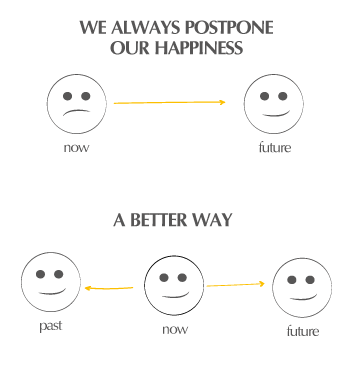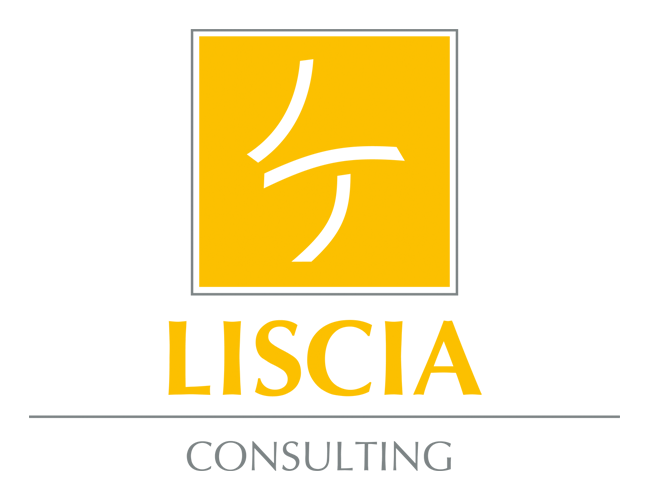Happiness is also attitude-business. It is a matter of accepting the status quo – an essential building block to happiness, in our opinion. This has nothing to do with resigning to your fate. No, it is about truly accepting things you cannot change, no matter what you do. It makes no sense to cry over spilled milk, brooding only feeds the fire of negativity, while making it impossible to let go of the past and move ahead. A terrible waste of time.
The British say, “Love it, change it or leave it.” But not every co-worker has the luxury to change things, particularly during transitional processes. Depending on her position in the hierarchy, she can influence decisions or not. When she can’t, her only choice is to bite the bullet, either love it or leave it. She must decide how she will deal with the situation for her future. Mourning the past will get us nowhere.
When she does look back, she should keep her eyes on the positive aspects, the reverse gap, i.e. the period during which she was successful or overcame difficulties. Many people focus their attention on the future. This is basically a good thing, but also entails putting off happiness, treating it as a reward – reaped sometime in the future – for deeds well done. We frequently hear such statements like, “When I retire I will have more time for my family.” Or, “Let me finish this project first, then I’ll relax.”
The problem is this approach keeps us from actually attaining our just rewards. The moment they are in reach, we take on another task, pushing the longed-for respite or pleasurable event further into the future. This is called a future gap, the time between the present moment and the future reward. And it explains why we are perpetually dissatisfied. Happy today? No, but maybe tomorrow when I have done this, that, and the other thing. I might have moments of satisfaction, but happy I am not.
We prefer to look at the reverse gap before setting new goals for the future. We review the last 2, 3 or 4 years, asking, what is better now? What has changed for the better during this time? What makes you happy now? What made you happy then? Focusing on the positive past, you experience happiness. You are proud of and satisfied with yourself. When planning your future gap, you will automatically include the things that turned up in your reverse gap – that which made you happy in the past and wish to take with you into the future. Naturally, you want to achieve your goals, but they may not be so high flying as they once were. And that’s the whole point, your happiness is also part of the plan, integrated into the space between goal and reward, closing the gap.
This model works particularly well with people who have recognizably evolved in a positive direction. All the same, even disastrous strokes of fate may, in retrospect, have their positive attributes. You may have a few scars to tell the tale, but you also now know who your faithful friends are and on whom you can rely. Negative experiences can certainly turn out to be valuable when they serve to make you stronger. Perhaps, later on, you might just realign your priorities; placing less weight on accrued wealth, a luxurious lifestyle and higher status, and focusing more on the life-lessons learned.
An excerpt from the book “Leadership Is Not an Illusion – A wealth of adventure, experiences and stories to tell 20 years of consultancy practice” written by Gianni, Jan & Marcello Liscia, 2020



